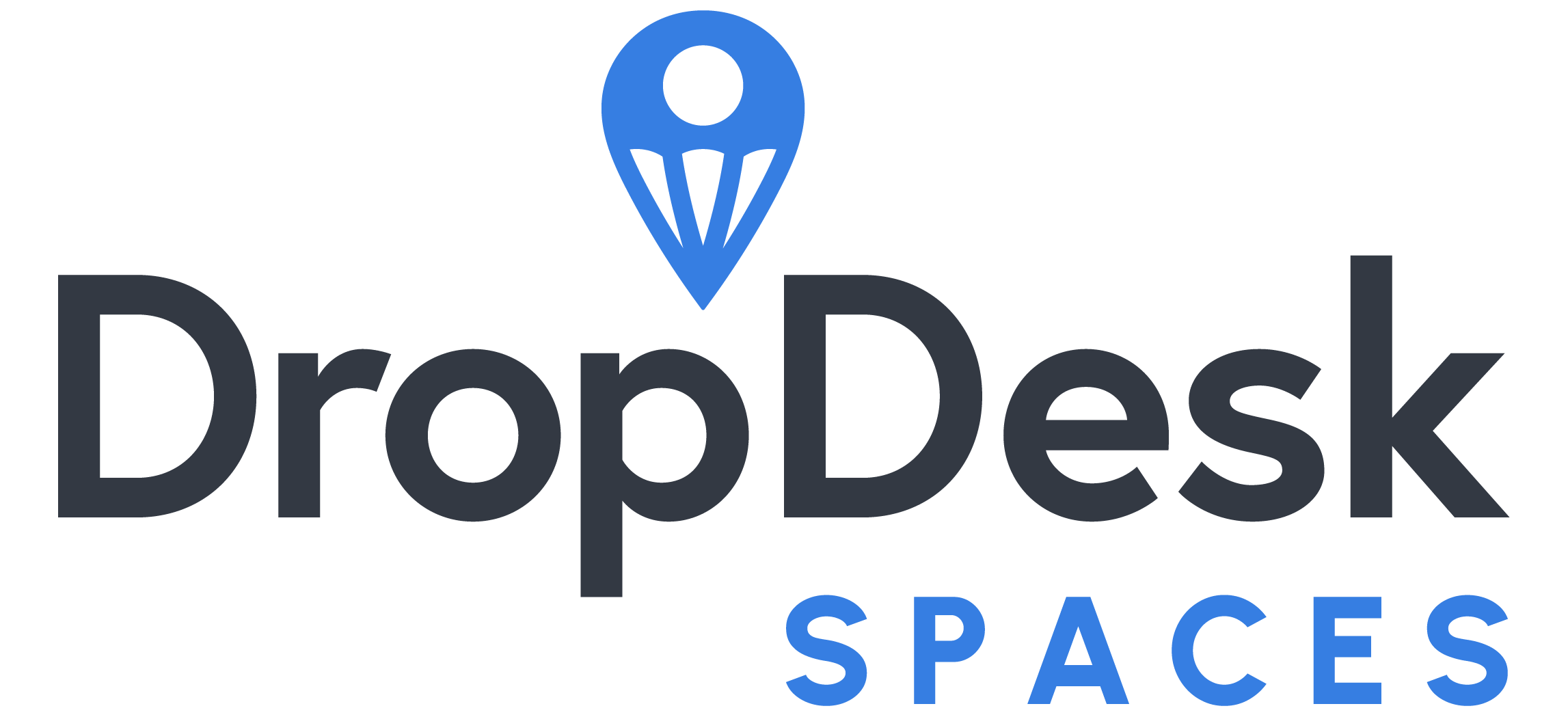In this article, we breakdown the difference in cost between flexible spaces vs traditional office leases to help small businesses make informed decisions.
Key Takeaways
- Cost efficiency and all-inclusive amenities are key factors in choosing between flexible spaces and office leases.
- Flexibility for growth in coworking spaces offer a variety of environments to accommodate different business needs.
- Additional expenses in traditional office leases can make them less cost-effective compared to pay-as-you-go models in coworking spaces.
- Long-term leases in traditional office rentals come with fixed costs that may burden small businesses.
- Preference for flexibility and fear of commitment reflect the evolving needs of businesses seeking flexible workspace solutions.
Cost Efficiency & All-Inclusive Amenities
Cost Efficiency
When you’re weighing the options for your business’s workspace, cost efficiency is undoubtedly at the forefront of your decision-making process. With flexible spaces, you’re not just renting an office -you’re gaining access to a suite of amenities that can significantly reduce overhead costs.
You can find some advantages of flexible spaces below:
- All-inclusive pricing that bundles utilities, internet and maintenance
- No need to invest in furniture or office equipment
- Access to shared resources like printers, meeting rooms and lounges
By choosing a flexible space, you’re opting for a transparent cost structure that allows for better budgeting and financial planning.
In contrast, traditional office leases often involve larger commitments and lack of flexibility that can strain your budget.
Here’s a quick comparison:
| Expense Type | Traditional Office Lease | Flexible Space |
|---|---|---|
| Rent | Long-term commitment | Hourly, Daily, Monthly |
| Utilities | Additional | Included |
| Furniture | Additional | Included |
| Internet, cleaning, management staff | Additional | Included |
By opting for a flexible space, you’re not only saving on these expenses; but also positioning your business to adapt swiftly to changing needs without the financial burden of a long-term lease.
All-Inclusive Amenities
When using a flexible space, you’re not just renting a desk or an office, you’re gaining access to a suite of amenities that can significantly reduce your operational costs. All-inclusive amenities often include high-speed internet, cafe, printing, meeting rooms and utilities, ensuring you can focus on your work without worrying about the logistics of office management.
- High-speed internet
- Printing
- Utilities (electricity, water, heating)
- Maintenance and cleaning services
- Access to shared spaces like kitchens and lounges
By choosing a flexible workspace, you’re also subscribing to a hassle-free environment where the day-to-day running of the office is taken care of. This can be a game-changer for small businesses and freelancers who want to minimize administrative tasks and maximize productivity.
Remember, while these amenities are bundled into your membership, they also provide a predictable monthly cost, which can be crucial for budgeting and financial planning. The value of these services, when compared to sourcing them individually, can be substantial, saving you precious time.
Flexibility for Growth
When you’re scaling your business, the last thing you want is to be hemmed in by the physical constraints of your office. Flexible spaces offer a variety of room sizes and configurations to match your current needs, with the option to adjust as your business evolves. Imagine starting in a small office and seamlessly transitioning to a larger suite as your team grows—without the hassle of renegotiating leases or moving locations.
Flexible leasing is best for small businesses because it allows for effortless movement within a space. For instance, two of our office members were able to move to different spaces within a year, a feat almost impossible with traditional leasing agreements that typically lock you in for 1-3 years.
The ability to choose from a diverse selection of spaces means you can find the perfect fit for your team’s size, work style and budget, without being over-committed or under-resourced.
Here’s a glimpse at how flexible spaces can accommodate various stages of business growth:
- Solo workstations for individual contributors
- Small offices for tight-knit teams
- Large suites for expanding departments
- Combination spaces for diverse needs
This adaptability is not just convenient, it’s cost-effective, allowing you to pay for only the space you need when you need it.
Additional Expenses
When you sign a traditional office lease, the monthly rent is just the beginning. You’re also on the hook for additional expenses that can significantly impact your budget. Utilities, maintenance and the cost of furnishing the space are all your responsibility and these overhead costs can quickly escalate.
Utilities such as electricity, water and internet are essential for day-to-day operations, but they can be unpredictable and subject to market fluctuations. Maintenance, repairs and cleaning can fluctuate, depending on the age and condition of the building. Outfitting an office to meet your needs can be a substantial upfront investment.
By contrast, flexible spaces often offer a pay-as-you-go model, where many of these expenses are included in the daily or monthly fee. This approach can provide significant savings and budget predictability.
Long-Term Leases
When you commit to a traditional office lease, you’re often locked into a multi-year agreement that can stifle your company’s ability to adapt to change. Long-term leases can be a heavy anchor, especially for small businesses and startups that need the flexibility to scale up or down as their needs evolve.
Stability and a fixed location come at the cost of long-term financial commitment, which may not be ideal in the early stages of your business growth. Consider the following points:
- Traditional leases typically span several years, limiting your agility.
- Fixed costs associated with long-term leases can be burdensome.
- Exiting a lease early can incur significant penalties, affecting your bottom line.
While the promise of permanence has its appeal, the financial and strategic flexibility offered by flexible spaces often outweighs the perceived stability of a long-term lease.
Landlords are recognizing the shift in market dynamics and are exploring partnerships with flexible space operators to enhance cash flow and reduce risks. This trend is indicative of a broader market sentiment that values adaptability and recognizes the decreasing demand for traditional leasing options.
Decision Making
When it comes to choosing between flexible spaces and traditional office leases, decision making plays a pivotal role. You must weigh the pros and cons, considering not just the immediate costs but also the potential for future growth and change.
Flexibility in your workspace can significantly impact your ability to adapt to new opportunities or shifting market conditions. Here’s a simple list to guide you through this critical process:
- Evaluate current and future space requirements
- Assess the cost implications of each option
- Consider the potential for scalability
- Factor in the ease of transition
Making the right choice requires a balance between financial prudence and strategic foresight. It’s not just about the cost today, but also about the value it brings tomorrow.
Remember, the workspace you choose should not only fit your budget but also support your business’s long-term success. By carefully evaluating your needs and the options available, you can select the right workspace solution, ensuring your business thrives in an ever-evolving landscape.
Connections Beyond Boundaries
As your business expands, you might find yourself gravitating towards larger, more versatile spaces that can accommodate a growing team and the need for diverse work environments. Over 60% of desk placements in 2023 were for groups larger than 26 people, highlighting a shift towards spaces that can support both private work and collaborative efforts.
Flexibility is key when it comes to scaling your operations. A mix of private offices and open-access areas allows for an adaptive use of space, catering to the dynamic nature of modern business. This trend is not just for large corporations; small business owners are also reevaluating their office needs, with some finding better value in suburban locations or considering a permanent shift to remote work.
By carefully evaluating workspace requirements, you can make informed decisions that align with your goals and budgetary constraints. Whether it’s day passes in coworking spaces or traditional office leases, the choice should support productivity and business success.
Benefits:
- Scalability: Adjust the size of your workspace without the hassle of renegotiating leases
- Cost-effectiveness: Save on expenses by only paying for the space you need, when you need it
- Synergy: Foster collaboration by bringing related business functions together
- Simplicity: Manage one agreement for multiple spaces, reducing administrative burdens
- Tailored configurations to match your team’s changing size and work style
- Access to a variety of environments, from private offices to collaborative areas
- No long-term commitment, allowing for rapid response to market changes
Conclusion
In conclusion, the comparison between flexible spaces and traditional office leases reveals that flexible leasing, particularly within coworking spaces, offers businesses and startups a cost-effective and agile solution. The trend towards flexible leasing reflects the evolving needs of businesses in a dynamic market environment.





